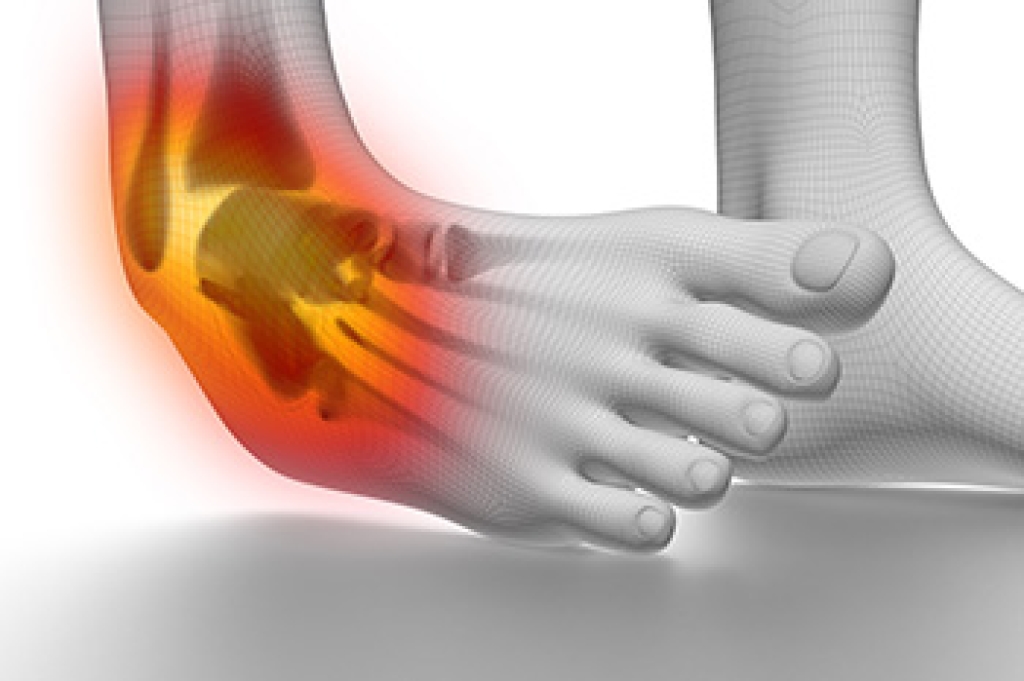
Blisters are small fluid-filled pockets that form on the skin due to friction, heat, or irritation. On the feet, they are often caused by wearing tight shoes, prolonged walking or running, moisture buildup, or socks that rub against the skin. Common areas affected include the heels, toes, and soles. Symptoms of a blister include a raised, bubble-like area filled with clear fluid, often accompanied by redness, tenderness, or a burning sensation. Walking can become painful, and, if the blister breaks, it may become vulnerable to infection leading to increased redness, swelling, or pus. While many blisters heal on their own, recurring or infected blisters should be evaluated by a podiatrist. This type of doctor can treat and drain blisters safely, prevent infection, and recommend proper footwear or orthotics to stop future occurrences. They can also identify underlying issues like abnormal gait or foot structure. If you have a painful foot blister, it is suggested that you schedule an appointment with a podiatrist.
Blisters may appear as a single bubble or in a cluster. They can cause a lot of pain and may be filled with pus, blood, or watery serum. If your feet are hurting, contact one of our doctors of Advanced Foot & Ankle Medical Center. Our doctors can provide the care you need to keep you pain-free and on your feet.
Foot Blisters
Foot blisters are often the result of friction. This happens due to the constant rubbing from shoes, which can lead to pain.
What Are Foot Blisters?
A foot blister is a small fluid-filled pocket that forms on the upper-most layer of the skin. Blisters are filled with clear fluid and can lead to blood drainage or pus if the area becomes infected.
Symptoms
(Blister symptoms may vary depending on what is causing them)
- Bubble of skin filled with fluid
- Redness
- Moderate to severe pain
- Itching
Prevention & Treatment
In order to prevent blisters, you should be sure to wear comfortable shoes with socks that cushion your feet and absorb sweat. Breaking a blister open may increase your chances of developing an infection. However, if your blister breaks, you should wash the area with soap and water immediately and then apply a bandage to the affected area. If your blisters cause severe pain it is important that you call your podiatrist right away.
If you have any questions, please feel free to contact our offices located in Agoura Hills, Simi Valley, Thousand Oaks Marin St., and Thousand Oaks Haaland Drive, CA . We offer the newest diagnostic and treatment technologies for all your foot care needs.




